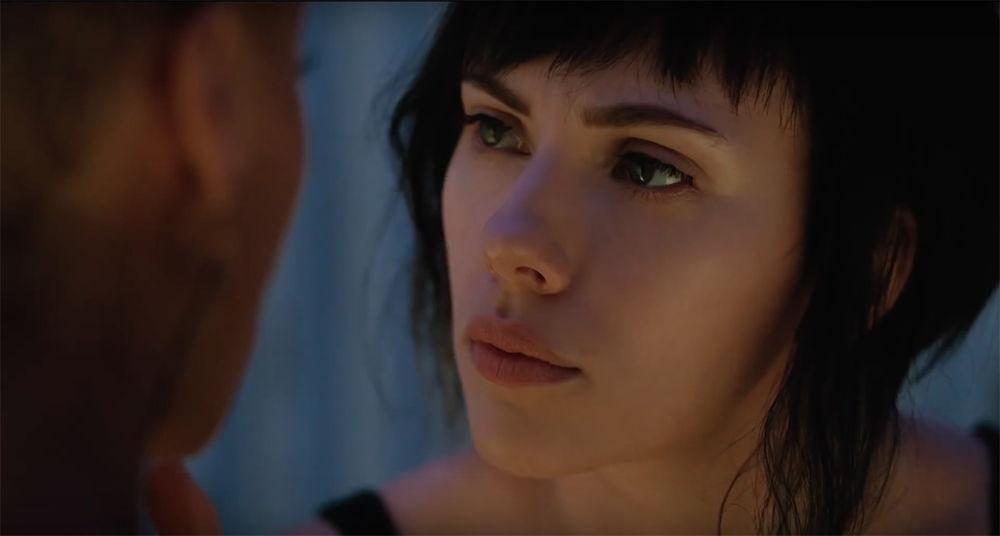In 1995, Japanese animation studio Production I.G created the movie “Ghost in the Shell.” The movie was both subtle and philosophically charged. Paramount Pictures’ live-action, 2017 take on the franchise is neither.
That’s not to say that director Rupert Sanders and the team behind the film are not fans of the franchise that they are stomping through. There are several well-done visual homages to the original that prove this. The movie just falls flat. The first 20 or so minutes of the film live up to the source material, with the action, special effects and acting coming together well. Sadly, these elements do not hold up throughout the 107-minute runtime.
Casting
It is impossible to talk about this movie without discussing the controversy surrounding its casting. Many people were upset when Scarlett Johansson — a white actress — was picked to play the character of cyborg public security officer “Major” Motoko Kusanagi, a clearly Japanese character. Some would argue that the Major is a raceless and even genderless character, given that the source material explores the idea of robotic augmentation eliminating these human differences, but nonetheless, the majority of the characters — robotic or otherwise — are Asian, so why not the lead? The movie attempts to explain this away, or perhaps apologize for this, by giving the Major a new backstory as a refugee, but it also goes back on this later and it feels halfhearted.
As for how the actress actually did, Johansson played the cyborg part well. Johansson has an ability to make her characters come off as somehow distant or uncanny. She has done this in several films before like “Under the Skin,” where she plays an alien, and “Lucy,” where she eventually plays a god-like character. It is a fitting performance for the character, despite the difference in race.
The rest of the supporting cast is not in the movie for long enough to really leave an impact, with the exception of Takeshi Kitano as Aramaki, the leader of the special task force Section 9 and Pilou Asbæk as the Major’s partner Batou. Kitano, who only speaks in Japanese for the entire film, pulls off a gruff Old West-feeling police chief in a performance that is fun to watch. Meanwhile, Asbæk comes the closest to capturing his original character, a tough half-cyborg with a soft spot for the Major and for animals. These characters are cliché but enjoyable as side characters.
The rest of the Section 9 cast doesn’t get enough screen time to be memorable, but it is worth pointing out that they feel like a believable team. Both villains in the movie are wholly unmemorable, but that is more the fault of the writing, not the acting.
Writing
The original 1995 feature from which this movie draws the most inspiration from actually has a surprisingly muddled plot that deals with needlessly complicated political and corporate subterfuge. What the critically acclaimed movie is more known for is the philosophical questions it brings up about identity, creation and purpose. These questions, told more through the story’s setting than its plot, would later inspire the Wachowski siblings when developing the Matrix trilogy.
The 2017 “Ghost in the Shell” streamlines the original’s plot, but while doing so, strips away the melancholy, thoughtful tone of the original in favor of a mostly straightforward action story. Many changes are made to the Major’s story, the main antagonist of the film and the film’s ending.
These changes are not offensive, just disappointing. By making the story so mainstream, Paramount has killed the best elements of the franchise — its quieter moments. Audiences are left with a movie so generic that there is no reason to choose to watch “Ghost in the Shell” over any other action flick out right now like “Power Rangers” or “Kong: Skull Island.”
Production
“Ghost in the Shell” 2017 is largely inconsistent on every front. There are times where the movie’s futuristic city setting looks wholly believable and times, especially during wide or aerial shots, where the city looks like a CGI mess.
Its soundtrack is perhaps the most infuriating element of the film. At times, hints of the original movie’s creepy, slow and atmospheric score can be heard. Unfortunately, these homages fade into the background, replaced by generic dubstep and white noise.
Action scenes are sometimes engaging, but more often than not they are boring and over-edited. So much so, that I found myself yawning during the film’s final climax, which pretty much summarizes the film as a whole.
A version of this article appeared in print on April 10, 2017 on page 10 with the headline: “‘Ghost in the Shell’ disappoints.”













